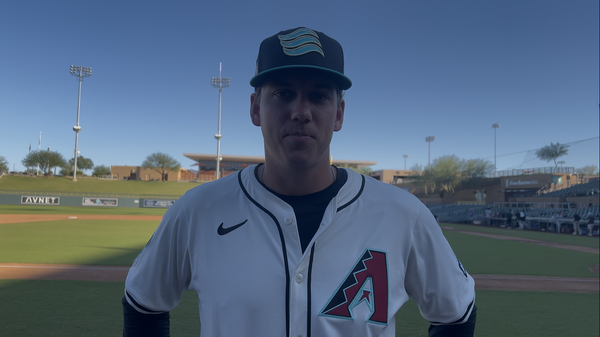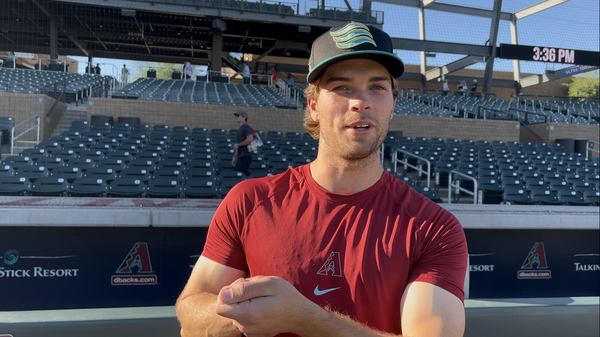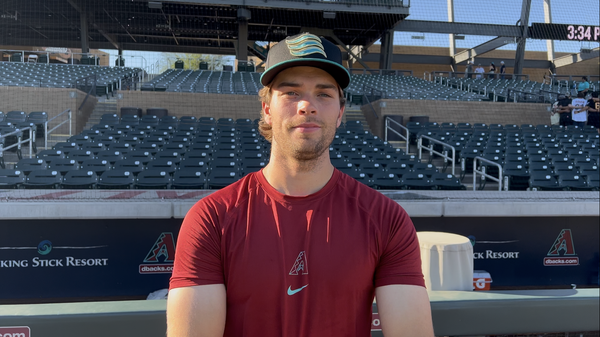D-backs 2025 Trade Deadline Recap: Hazen Reloads with Pitching
With a focus on young pitching, the D-backs used the 2025 deadline to restock the system and reframe their future window.
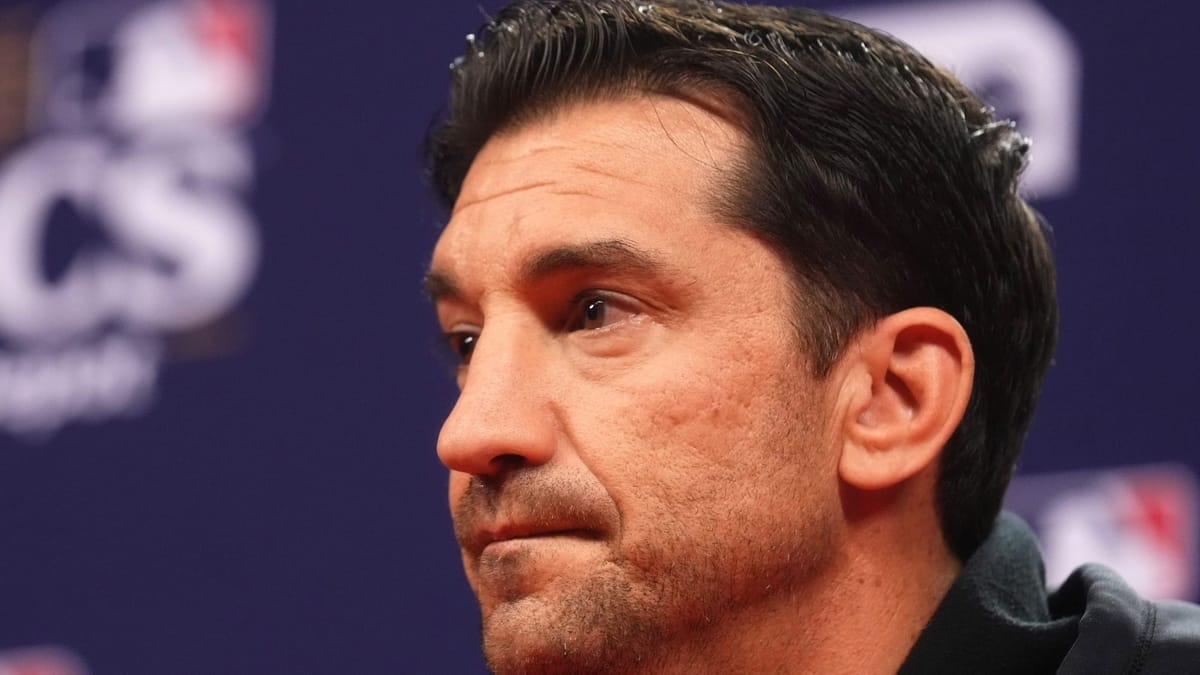
The 2025 MLB Trade Deadline is finally over, and now it’s time for me to break down the trades. The deadline was a clear sell-off of expiring deals, looking to reopen the contention window in 2026 or 2027. Per Arizona Sports insider John Gambadoro, they’ve saved roughly $18 million, with it to be invested in future contracts.
The next 14 calendar months will say a lot about the direction of the team and general manager Mike Hazen’s tenure running the baseball operations. The only question will be if he’s allowed to see the fruits of his efforts, or if he’s going to be held responsible for the 2025 squad falling well short of expectations.
In total, the team has added nine prospects back in the deal. While it should improve the farm system, Hazen has repeatedly said he’s not looking to win the “Best Farm System” award every year.
Here are my key takeaways from what the D-backs accomplished at the trade deadline.
Adding Pitching Was the Clear Focus at the Deadline
The D-backs went into the trade deadline with a clear focus in mind: improve their organizational pitching depth. Eight of the prospects Arizona brought back were pitchers: four starters and four relievers.
That should come as no surprise, as reports ahead of the deadline suggested the team was going to target young pitching. Left-hander Brandyn Garcia remains the lone pitcher on the major league club of the nine, although right-handers Andrew Hoffman and Juan Burgos also occupy a 40-man roster spot. The two righties are currently with Triple-A Reno, but should be candidates to close out the season in the D-backs bullpen.
Merrill Kelly brought home the most substantial return of their five trades, getting three legitimate starting pitcher prospects. That likely speaks to the high price of frontline starting pitching. He returned three starting pitcher prospects who should rank highly but won’t throw a pitch for the big league club in 2025. It’s possible that both Kohl Drake and Mitch Bratt could debut in 2026. Ashton Izzi and David Hagaman are high-upside lottery tickets at the lower level of the minors.
The D-backs are hoping that with a revamped pitching staff that they can extend their window with their current group of star players. However, it will take years before this group of pitchers makes a considerable impact.
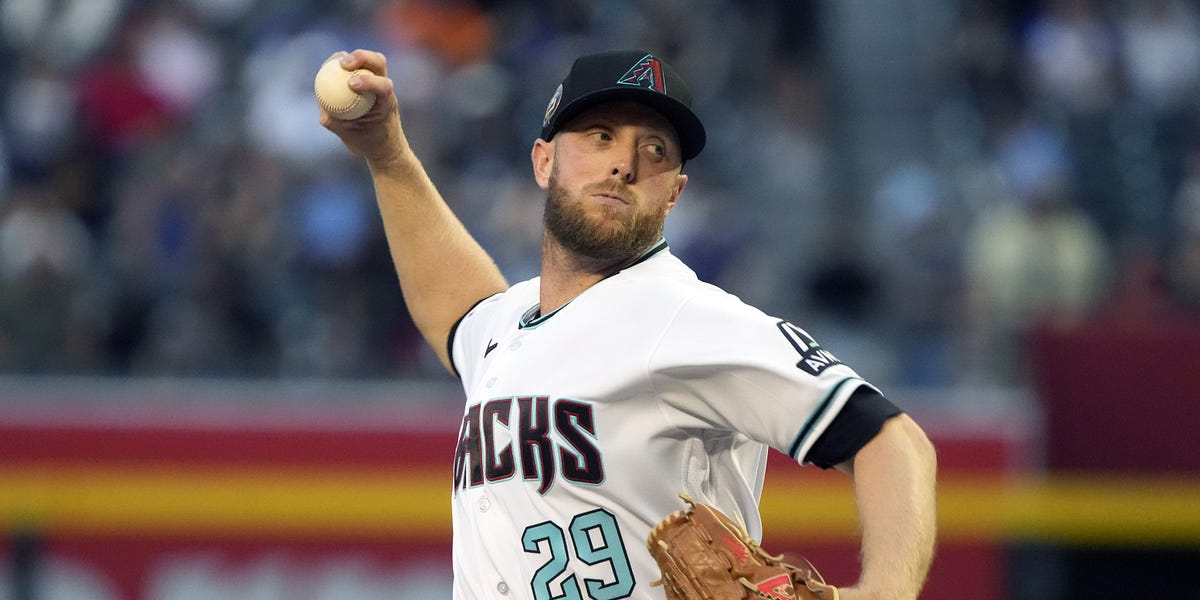
D-backs Tab Tyler Locklear for First Base Solution
The lone bat to come back from the deadline, Tyler Locklear, was the centerpiece in the Suárez deal to send him back to Seattle. He struggled at the start of the year, but a swing change in June has unlocked more in-game power. The details are highlighted in the Suárez piece behind the paywall.
For the final two months, Locklear will have a runway to lock down the first base job for 2026. They tabbed Josh Naylor to be the primary first baseman, splitting reps with Pavin Smith (strong-side platoon DH) at the position.
Tristin English had been keeping the seat warm at the position over the last week, but he seems ticketed for a different role. He could be the short-side half of the DH platoon with Smith, as I forecasted back on July 1st, and a primary backup at first base to Locklear.
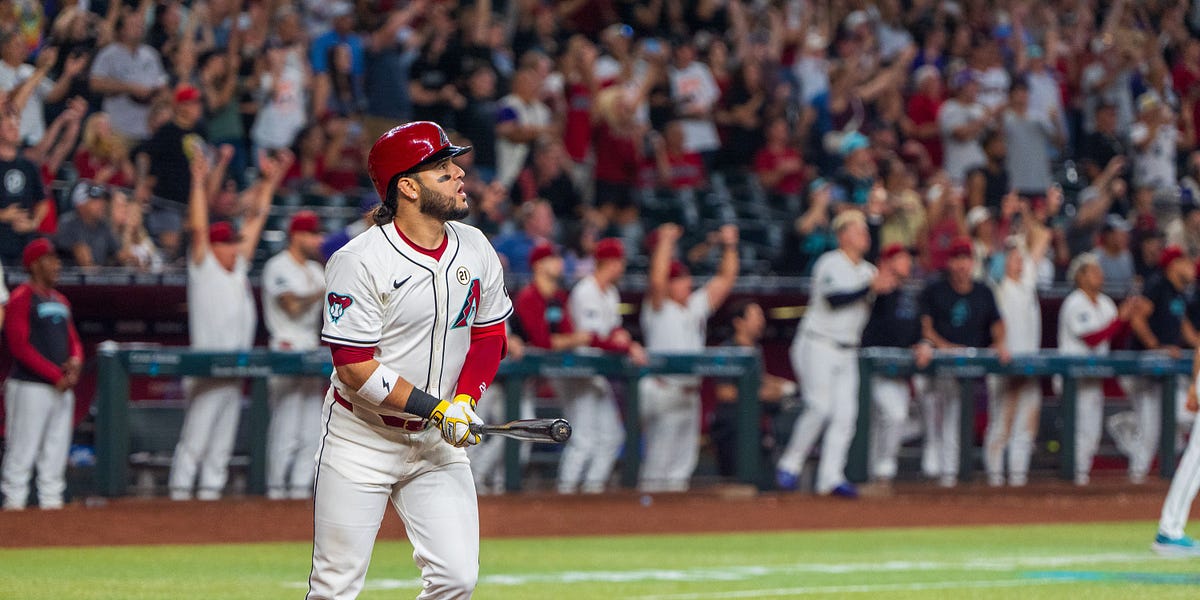
Zac Gallen is Still a Diamondback
Perhaps the most surprising part of the trade deadline is that Zac Gallen is still a Diamondback. It’s perhaps very telling that teams were unwilling to part with a return that would be more valuable than the qualifying offer would have netted them.
The team had a difficult decision on whether to hold onto their Opening Day starter, and they’ve elected to keep him. The decision to extend the qualifying offer makes sense if the idea is that Gallen will bounce back in 2026. The qualifying offer is the average of the top 125 salaries in MLB, estimated to be around $21-22 million, which would serve as a good pillow deal if he’s unwilling to test the free agent market. It’s hard to tell, with Scott Boras as his agent.
Considering Gallen’s three-year track record, which was included in the linked post, he will certainly get one. Walker Buehler had a rougher 2024 season, but signed a $21 million deal with Boston after the Dodgers declined to extend the $21.05 million qualifying offer.
With the qualifying offer likely to be attached, it could negatively impact Gallen’s market. It could make teams leery of giving up either their second or third-highest selection to make it happen. Should Gallen sign elsewhere, the value of the contract will affect the value of the draft pick. If he signs a deal for less than $50 million, the D-backs will get a pick at the end of the second round (~75). If he exceeds $50 million, then it upgrades to the end of the first round (~30).
Gallen will only have two weeks to decide whether or not to accept the QO. His decision will have a huge impact on how the team addresses their in the offseason.
2026 Shaping Up to be a Rebuild Year
The uncomfortable truth is that the 2026 season could be a painful year where the focus shifts from on-field results to evaluation and building for 2027. There simply isn’t enough proven talent on the roster that contention can be considered a realistic goal. That can change if the team arrives early, especially if Hazen can somehow bridge the gap in free agency or an offseason trade.
However, the focus to close out 2025 is to start getting major league evaluations for players who could play a big role in 2026. Jordan Lawlar seems like a candidate to take over at 3B in the interim. Fellow infield prospects Tommy Troy and LuJames Groover are set to debut next season, so the infield could see a lot of moving parts.
The hope is that Corbin Burnes and Justin Martinez, both of whom are recovering from Tommy John surgery, will be fully recovered by the end of 2026 and get a few appearances out of the way before building the pitching staff for 2027.
The D-backs will need their pitching to come together over the next 200 or so games. Ryne Nelson is now their best pitcher at the time of this writing, but even he needs to develop more swing-and-miss in his game to become a pitcher strong enough to lead this staff.
Eduardo Rodríguez and Brandon Pfaadt need to tighten up their location misses, as the organization heavily invested in both pitchers, and they have not delivered since. Without stability in their rotation, there isn’t much to be said about their 2027 chances.
2026 should see a lot of new arms filter in and out of the bullpen as well. Juan Burgos, Andrew Hoffman, Hunter Cranton, Juan Morillo, Hayden Durke, and Alfred Morillo are candidates to get cycled to and from the major leagues on top of the current crop of relievers. If they can figure out which pitchers can contribute consistently, they can set up the bridge to Martinez.


